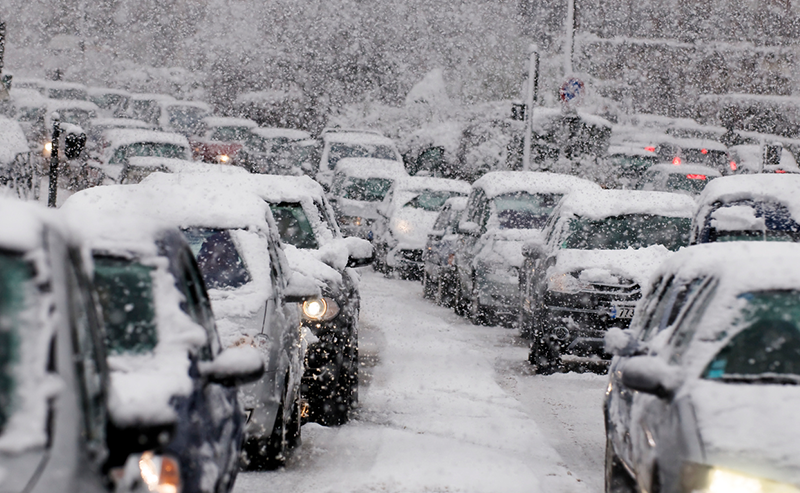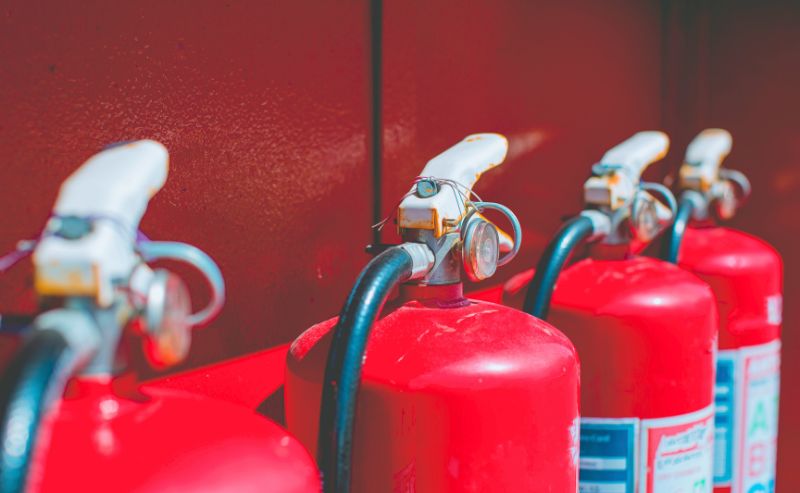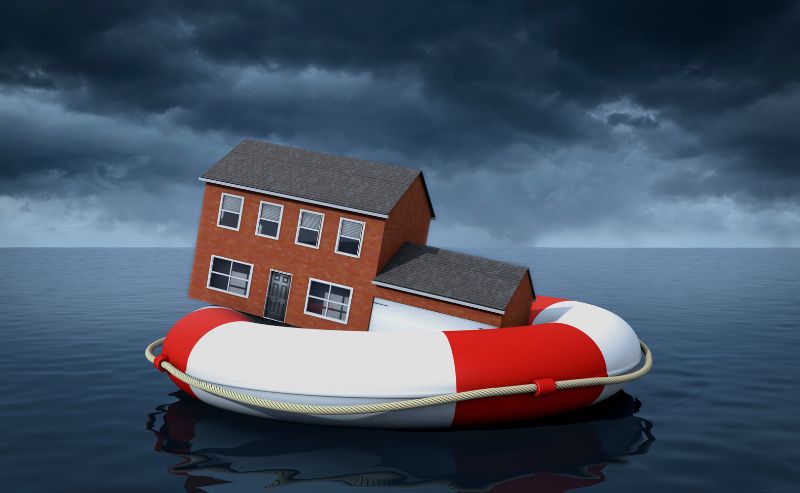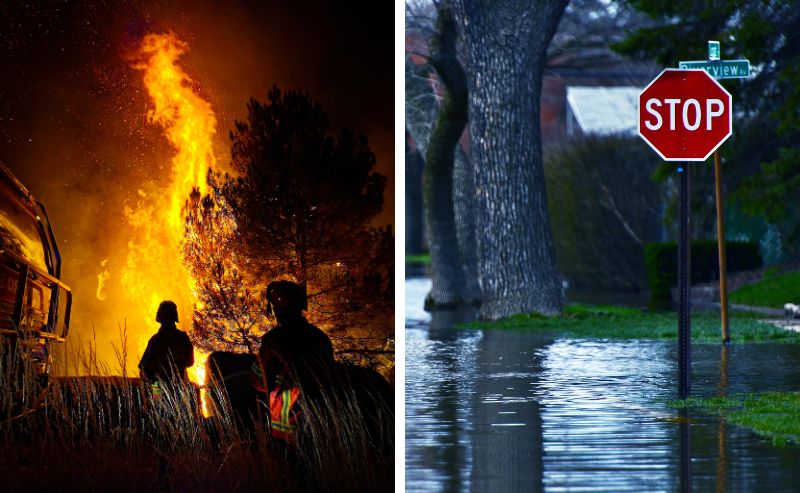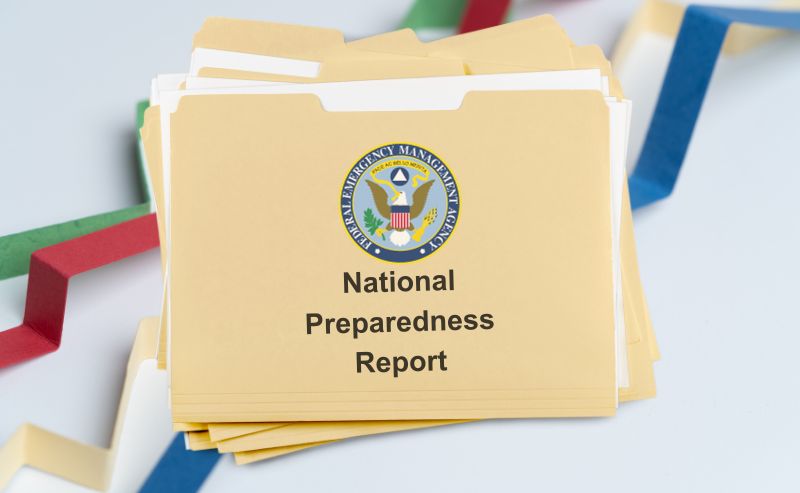Hang on to your hats, as well as your scarves, mittens, wool socks and anything else you can find to keep yourself warm. We’re just 13 days into the winter solstice and three days into the month of January. Even now, dangerously cold temperatures continue to plague central and northeastern portions of the U.S., and now, Winter Storm Grayson is creeping along the east coast.
Today, there has been significant concern for the Deep South, where ice and snow can quickly lead to traffic snarls, school and business closures, power outages, and sheer panic at local groceries and convenience markets.
In Florida and Georgia:
– The city of Tallahassee, FL, received an inch of snow this morning (the first measurable snowfall in over 28 years!).
– Road crews worked feverishly to salt highways and interstates, and a portion of I-10 was shut down due to slippery conditions.
– Flights were delayed or cancelled at Jacksonville (FL) International Airport.
– Ice accumulation on trees and power lines triggered tens of thousands of power outages.
– Water attractions in the Disney®/Orlando area shut down.
– Schools dismissed early or classes were cancelled altogether.
In South Carolina:
– Winter Storm Grayson may go down as one of the heaviest one-day snowfalls on record in the city of Charleston.
– Charleston/Hilton Head Airport closed.
In Virginia and the Mid-Atlantic:
– Schools dismissed early and businesses closed in advance of the impending winter storm.
– Residents began stocking up on food and other supplies.
In New England:
– Damaging winds, heavy snow and blizzard conditions are expected during the next 24-48 hours.
– Boston’s Logan International Airport is preparing to close on Thursday, January 4th.
Regardless of your physical location on the map, extreme weather events like Winter Storm Grayson are harsh reminders of Mother Nature’s fury. As such, it’s important to heed the weather experts’ warnings and take the proper measures to ensure your safety.
For individuals, this means simple things like having an ample amount of food, water and blankets on hand; a safe, secondary source of heat; a full tank of gas in the car; and a well-charged cell phone. Learn more about winter weather emergency preparation from the Federal Emergency Management Agency (FEMA), the National Weather Service, and the American Red Cross.
For public and private sector organizations, preparedness means having a current and actionable Emergency Operations Plan (EOP). Why? Winter weather can be extremely problematic for facilities contending with office closures, employee absenteeism, power outages, water line breaks, supply chain disruptions, etc. This is especially true for those that don’t normally deal with frigid conditions, much less ice, sleet and snow.
Serving more than 9,300 clients across the country, BOLDplanning specializes in the development, testing and support of EOPs. The company also knows a thing or two about winter weather in the Deep South, as it’s headquartered in Nashville, Tennessee.
When time (and the forecast) permits, explore BOLDplanning’s proven portfolio of online planning tools. Also, email info@boldplanning.com to start a conversation with one of the company’s certified and experienced emergency planning professionals.
With any luck, Grayson will leave as fast as he came, and your organization will be better prepared for what looks to be a long, cold winter. Spring begins March 20th.

